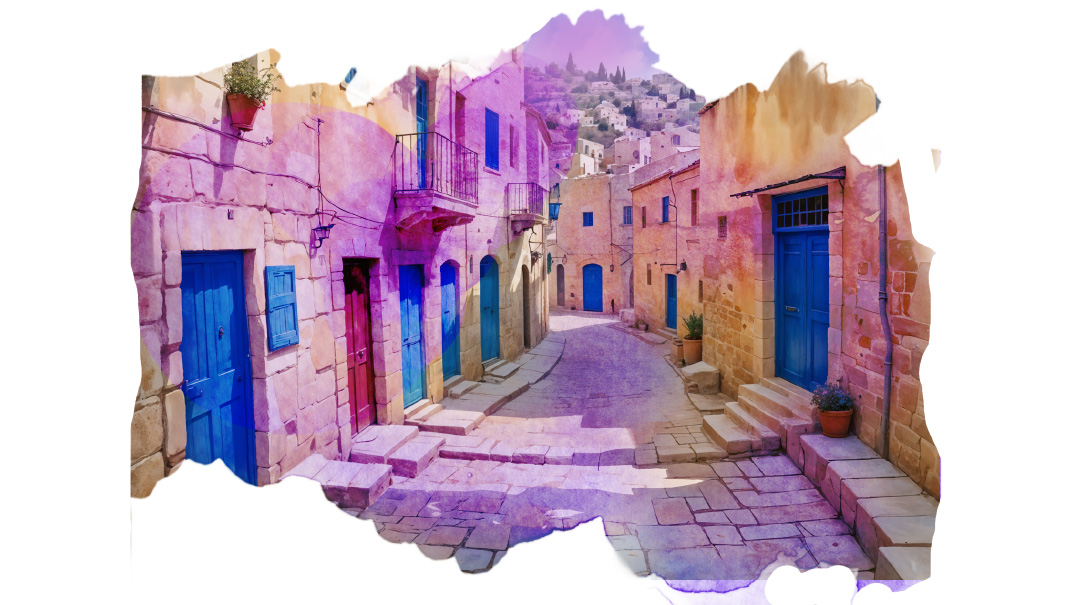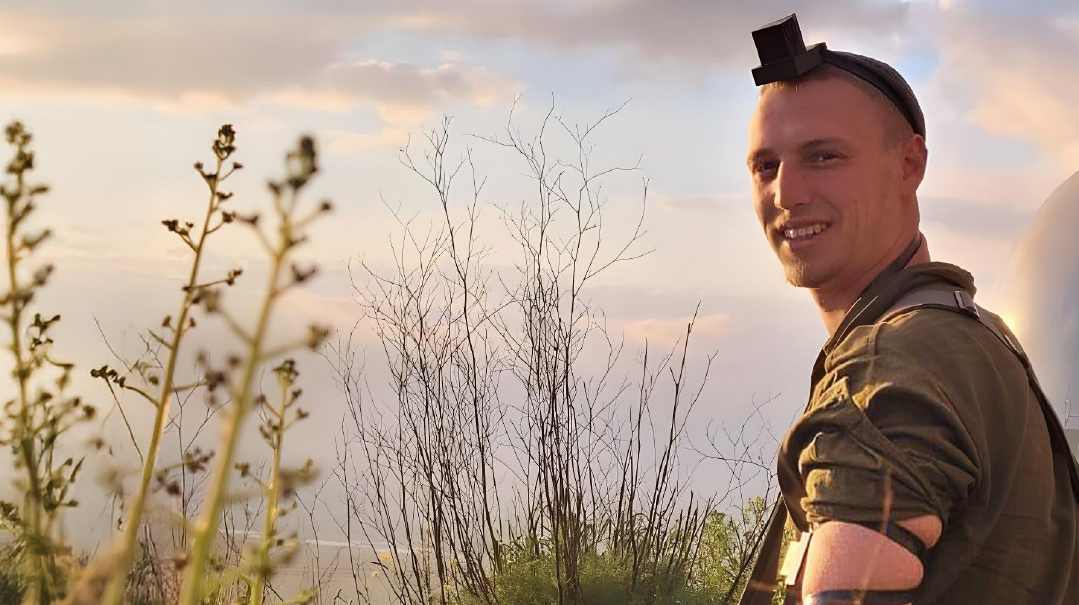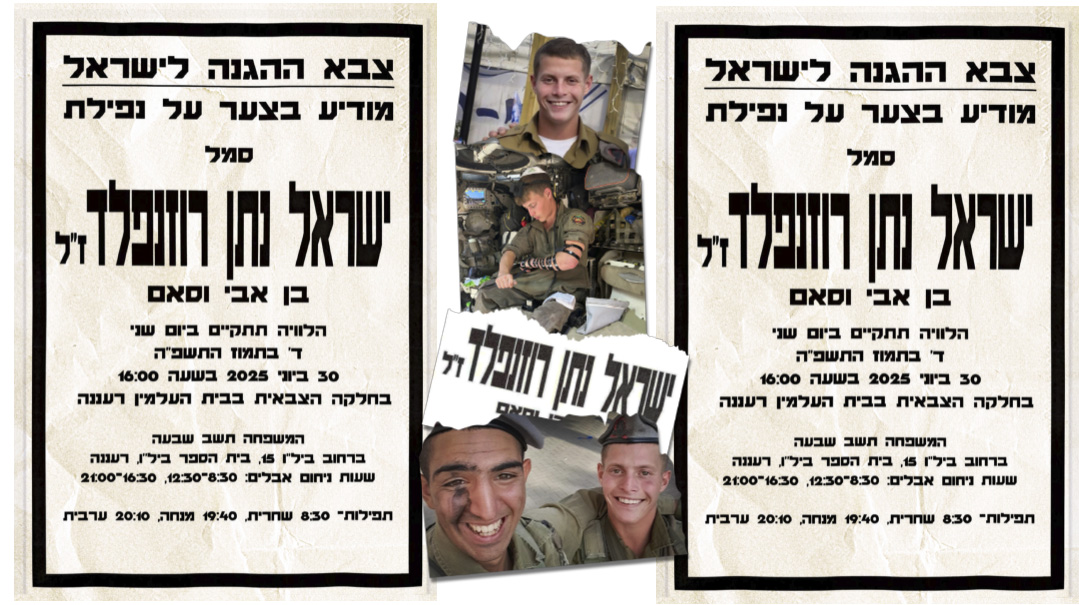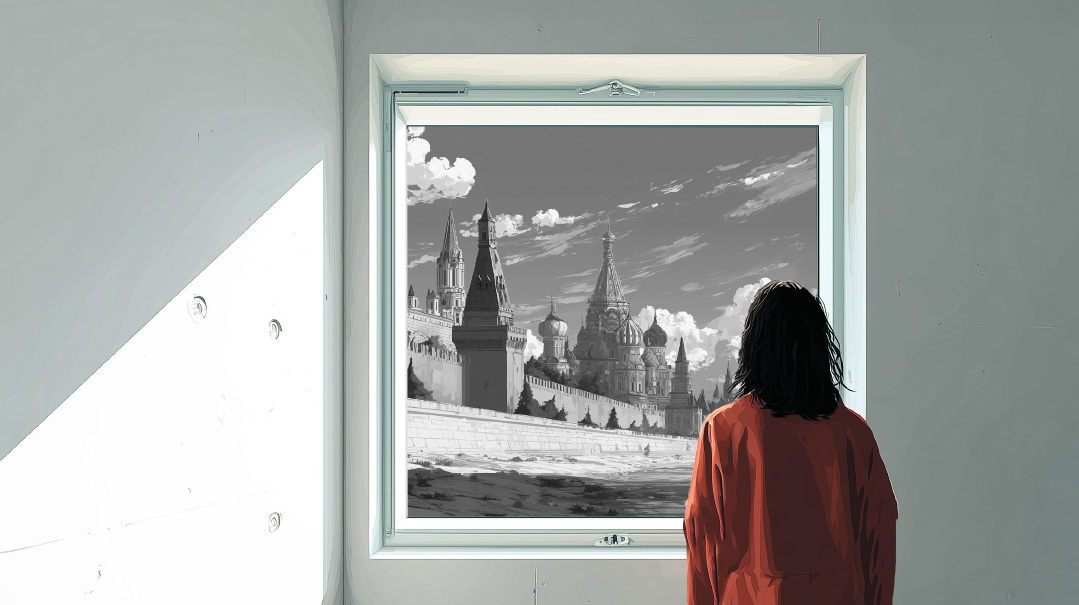Silent City
| July 16, 2024In Tzfas, the war looms in every silence

Tzfas is a ghost town.
We’ve been traveling the country for a few weeks, determined to show my children as much of the land as we can safely see right now, and found vibrant cities despite the war. Lost in Yerushalayim at 2 a.m. Friday night, there was no dearth of people outside who could help direct us.
Down in Ein Gedi, it was nearly impossible to find a quiet waterfall. Even as we moved further north, life seemed to continue as it had been. My brother’s city is bustling despite the occasional sound of Iron Dome interceptions. GPS up here is unreliable thanks to wartime scrambling, and we’re perpetually stuck somewhere in the Beirut airport, but the traffic is still endless. Israelis are a hardy group, forged in the fires of conflict and Intifada, and they know how to move forward even in the darkest of times.
But in Tzfas, the war looms in every silence that lingers across cobblestone roads. Some stores are empty except for their shopkeeper; others are locked. We stop at historic buildings with our guide, and there are no interruptions, no one brushing past us. He speaks, and there is no crowd in the background that might drown him out, no other group of tourists waiting impatiently for us to finish so they might enter another tight little nook.
Oops! We could not locate your form.







